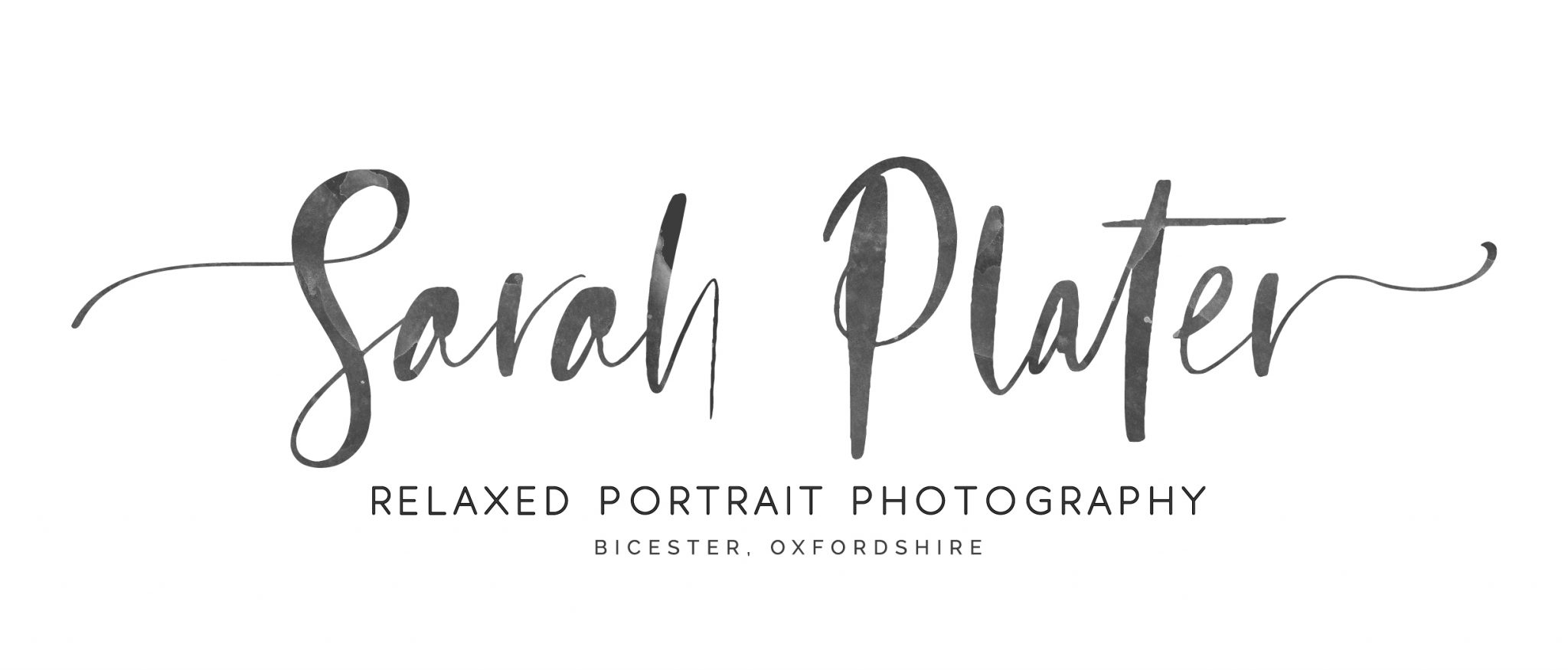To take better portraits, learn from a pickpocket

Our photographs are some of our most treasured possessions, yet many of us would prefer to go to the dentist than be photographed. Next time you’re taking a photo, here’s how you can help everyone forget about the camera and give you an authentic smile instead of a forced grin.
Read on to learn:
- What portrait photographers can learn from pickpockets
- Two words I never say when I’m about to photograph someone
- Example prompts to use when you next take a selfie or group shot with friends, colleagues or family
Meet our pickpocket
Apollo Robbins was born in Texas in 1974. He had two older half-brothers, both over a decade older, who made their livings doing hustles and cons.
The three siblings would go to the zoo together, and Apollo would watch as the older two would dip into people’s pockets, or use a razor to cut though clothing and get people’s purses and wallets. Apollo soon started stealing himself, and then stumbled across a more legitimate path of deception and misdirection: magic tricks.
He moved to Las Vegas when he was 21 and started performing there, creating a theatrical spectacle of his pickpocketing skills. Word got around that his style was very different from other magicians, and he ended up with a show at Caesar’s Palace where he performed for over 250,000 people as they walked through in small groups. Just before his show ended, Jimmy Carter came through and Robbins started pickpocketing his secret service detail.
Without them knowing, he took Carter’s itinerary, an agent’s watch, two agent badges and the keys to the Carter motorcade.
That incident is one of the reasons that Apollo Robbins is generally considered to be the greatest pickpocket in the world. You can watch him in action in his TED talk.
You know he’s about to pull a stunt.
You’re watching his every move.
You’ve got a front seat view thanks to the camera close-ups.
Yet somehow – somehow – he still manages to surprise you.
I’ve watched the talk over and over again and still haven’t figured out every move.
Frank, your Head of Security, gets distracted easily
How does Apollo do it? He refers to himself as a student of human nature. Imagine, he says, that you have a little security guard sitting inside your brain; let’s call him Frank. Frank is sitting at a desk at the front of your brain, monitoring all the information coming in through your ears, eyes and other senses.
When someone asks you a question, like, ‘What colour is your credit card?’ Frank turns around to access the files in your memory bank. He’s searching the hard drives and rewinding the tapes to find an answer to the question. And he can’t process new data at the same time.
Your attention is a limited resource. By controlling how you spend your attention, Apollo can play with your security guard, your Frank. He can get you to focus internally for a second, instead of focusing on your external senses.
This is exactly what I do during my photoshoots – I’m directing people’s attention away from my camera, and all the anxiety that being photographed can bring to mind.
Instead, I’m directing their attention inside or towards each other using quick prompts.
Using prompts to distract and create expressions
After all this build-up I’ll let you into a secret. The prompts I use are nothing more than a bit of silliness. They are mini-games that stop people taking themselves or the photoshoot too seriously.
The stakes can feel high when a client books a photoshoot. Encouraging fun and silliness dissipates some of that tension, helping clients to relax.
I don’t mind if my clients are laughing at me, at themselves or each other. Like the pickpocket I just want to stop them worrying about what I’m doing, about the camera and the end result.
There are two types of prompts I use: static prompts and action prompts.
How to use Action & Static Prompts
Action prompts are great for when you’re outdoors or have plenty of space. They introduce movement, which adds energy and makes shots feel dynamic.
Static prompts are perfect for indoors and/or when you don’t want your subject to move too much.
There’s one static prompt you will be very familiar with. It’s the two words I recommend you never use again: “Say cheese!”
It results in what’s known as a Pan-Am smile: the kind of smile a flight attendant offers when being polite.
You pull up the corners of your lips using the zygomaticus major muscle, but leave the rest of your face impassive. That’s why this type of smile looks fake: it’s a smile without any kind of facial elaboration.
True smiles are brief – between two-thirds of a second and four seconds. That’s why a held smile begins to look menacing, and why timing is important.
I have everything else ready before I use a prompt, and am ready to press the shutter as soon as the prompt takes effect.
The great news is that you don’t have to be a comedy genius to think and use prompts.
You just need to allow yourself time to think of something age- and context- appropriate, and then put it through your internal filter to double check it’s not unkind or offensive in any way before you test it out on someone.
Example prompts to get you started
Below are some examples of static and actions prompts, intended as a starting point for your own collection of prompts and games to play when taking a photograph of someone.
Of course, I’ve gathered hundreds of these over the past 20 years – and have kept my favourites tucked firmly up my sleeve, ready for your next visit to the studio!
The point is for you to give people something – anything – else to think about rather than the camera, and to create your own versions of these which best suit your style and personality:

Babies and toddlers
This is a great age for action prompts, such as asking mum or dad to bounce, spin or tickle their little one.

Small children
Tell small children that you’re learning the alphabet, then ask them to check you’ve got it right as you begin: “A, B, Z, T…”.
Or tell them to stand still, facing you and with strict instructions to not peek behind them. Get mum or dad to run up behind them and scoop them up or tickle them. They know something’s coming but not what or when!

Families & Older children
Say, “On the count of three, everyone shout out who eats the most chocolate in your family. One, two, THREE!”
The countdown means everyone speaks at the same time. That also gives you the opportunity to capture the anticipation before everyone speaks, as well as the reaction afterwards.

Teenagers
Ask, “In your family, who is most likely to fall asleep watching TV?” Then follow up on their answer. For example, if they say dad falls asleep watching TV, ask if they’ve ever drawn on his face or painted his fingernails while he was snoozing.

Couples
Ask the couple to walk towards you and and bump hips every third step. Or ask one partner to give the other a piggy back. Then tell the person on their back to snort in their partner’s ear like a pig.
For a static prompt, ask them what their favourite thing is about each other.

Friends
Laugh at the ridiculousness of the situation by narrating your friend’s actions: “Here we are, dressed up and casually walking through the park, arm-in-arm, we do this all the time, there’s nothing weird about this!”
Or for a static prompt you could say, “Shout the name of the friend most likely to turn up late, One, two, three, GO!”

Work colleagues
If you’ll be capturing a selfie with your workmates at the Christmas do, a great prompt could be, “On the count of three, shout out who you think will be first on the dance floor tonight!”.
If you’re getting a group shot of the whole team together, you could get the office joker to help you out by asking him or her to “Say the boss’ catchphrase in Mickey Mouse’s voice”.
—-
Of course, your delivery matters. Speaking with energy and enthusiasm gives everyone encouragement and permission to get involved and be silly.
Whatever you choose keep talking, keep being positive and think like a pickpocket: stealing people’s attention away from your camera so they can relax and be themselves in your images.
Found this useful? Got any feedback? Contact me via [email protected]
Sarah Plater AMPA is an award-winning qualified, certified professional portrait photographer based in Bicester, Oxfordshire. She offers 1:1 training on all aspects of portrait photography and delivers talks and presentations to camera clubs.
She is the Master Photographers Association Young Families Portrait Photographer of the Year 2022 and Newborn Photographer of the Year 2019 for the Central Region (covering Oxfordshire, Northamptonshire, Cambridgeshire, Bedfordshire, Buckinghamshire and Hertfordshire).

